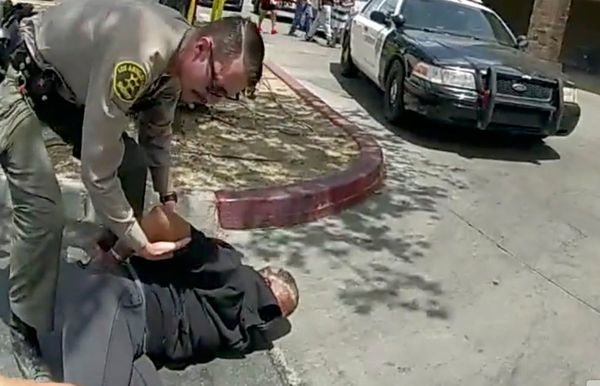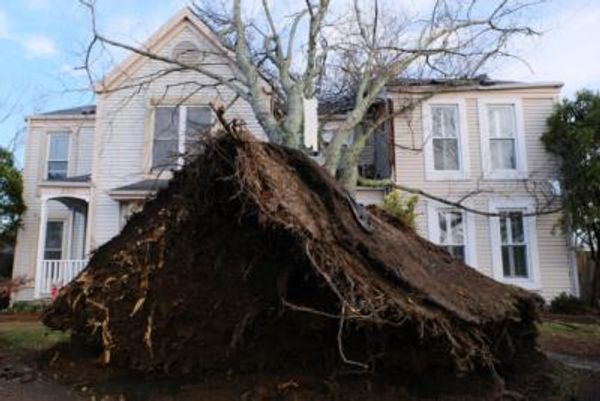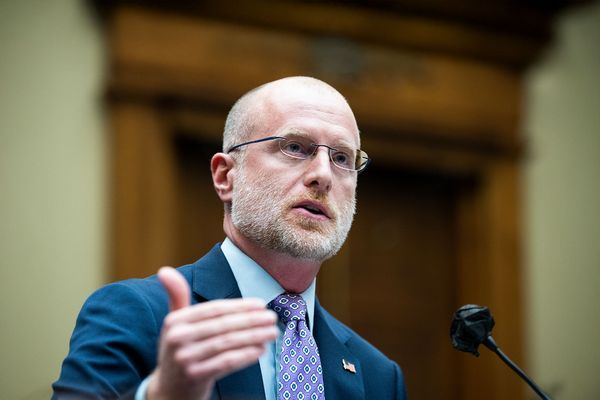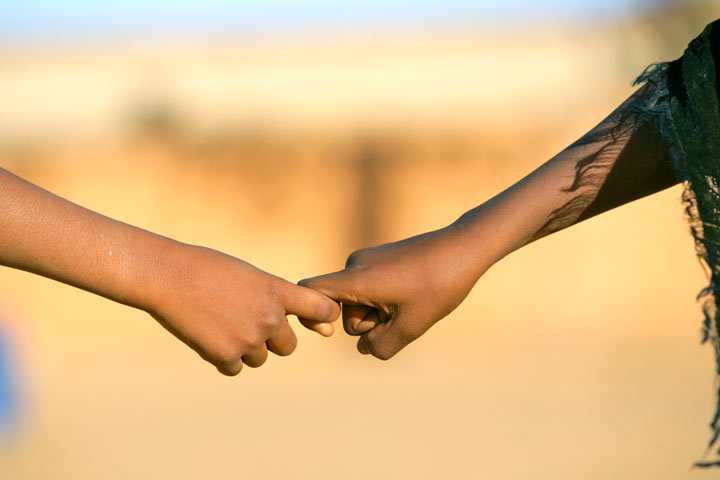
1. Promotes cross-cultural discussions between adolescents. Voices of Youth Connect
2. Gathers information to help raise awareness of the opportunities and risks that social media and digital tools present to young people. Voices of Youth Citizens
3. Provides a technology platform for young people to created targeted maps to communicate about their living conditions. Voices of Youth Maps
Photograph: Pirozzi
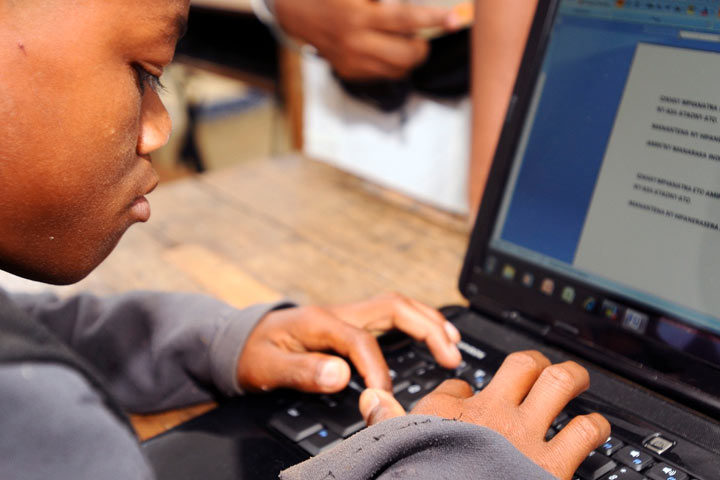
Photograph: UNICEF Madagascar/Delannoy
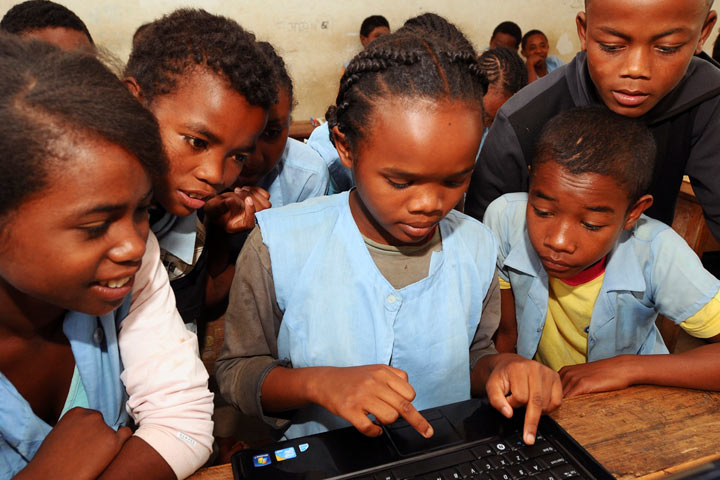
Photograph: UNICEF Madagascar/Delannoy
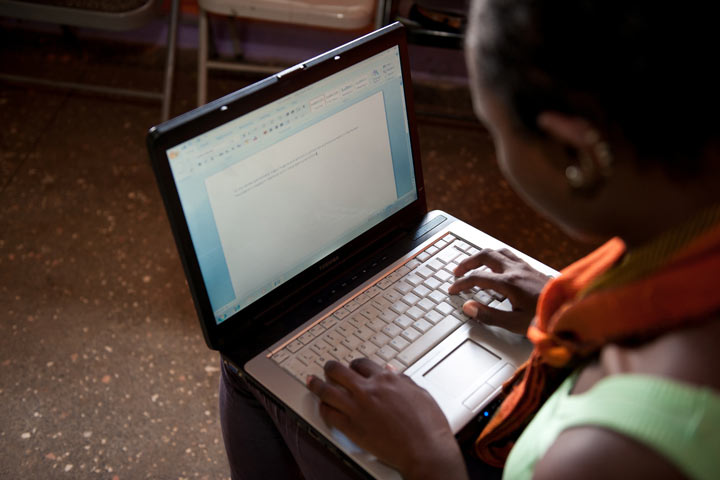
Photograph: UNICEF Kenya/Huxta
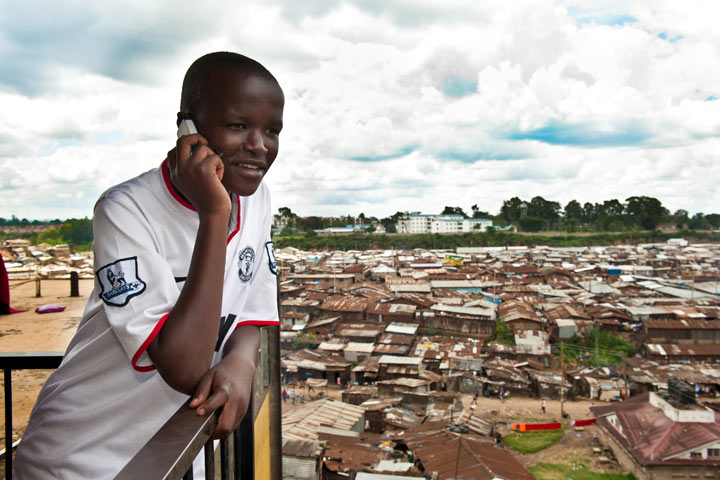
Photograph: UNICEF Kenya/Huxta
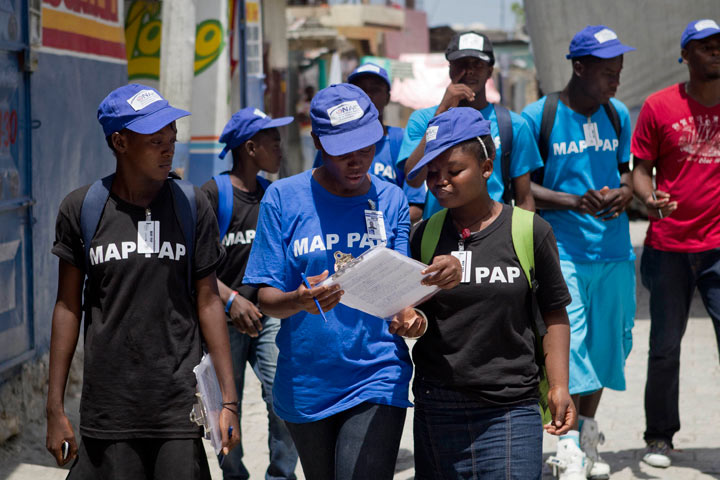
Photograph: UNICEF/Dormino
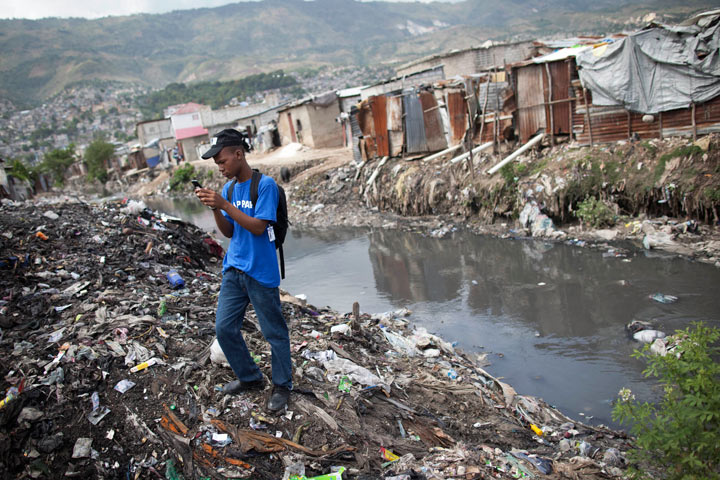
Photograph: UNICEF/Dormino
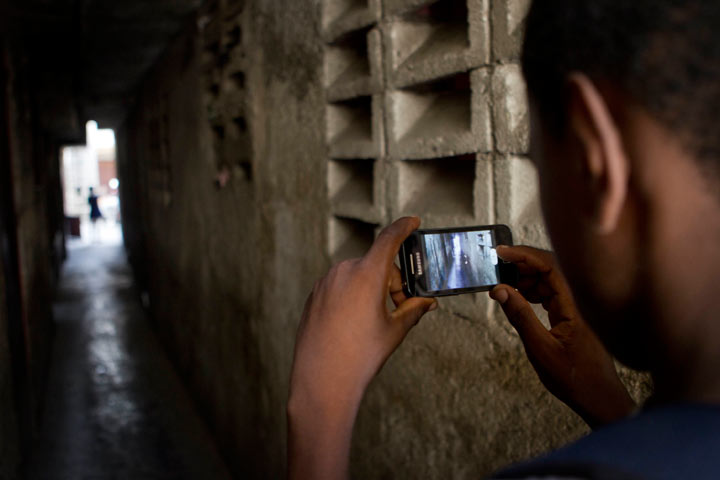
Photograph: UNICEF/Dormino
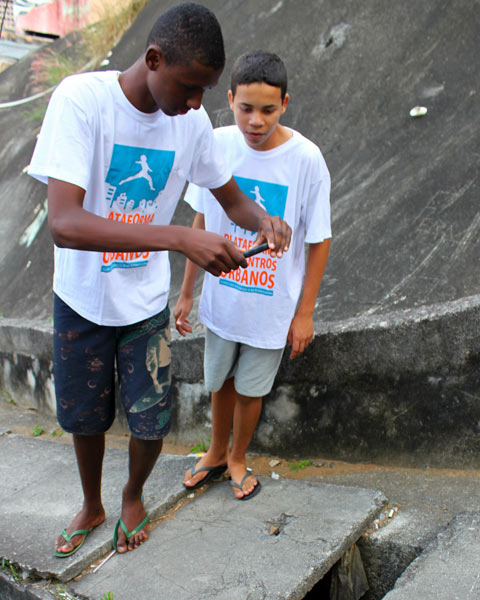
Photograph: UNICEF Brazil/CEDAPS/Danatas
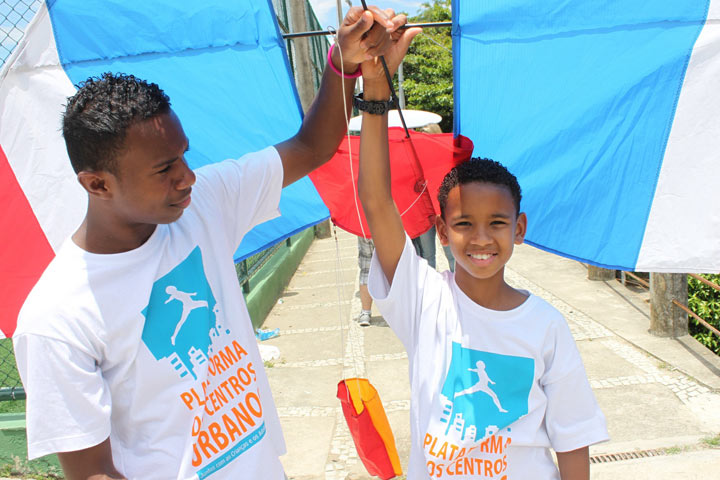
Photograph: UNICEF Brazil/CEDAPS/Danatas
